There's something truly special about slicing into a Battenburg Cake and revealing that beautiful checkered pattern inside. I still remember the first time I made this iconic British treat; the moment I cut through the marzipan coating and saw those perfect pink and yellow squares, I knew I'd discovered something magical. This traditional Battenburg Cake recipe brings together soft almond sponge, sweet apricot jam, and a blanket of golden marzipan in a way that's surprisingly simple to master. Whether you're planning an afternoon tea or just want to impress your family with a stunning homemade dessert, this Battenburg Cake will become your go-to showstopper.
The beauty of this classic Battenburg Cake lies not just in its striking appearance, but in how accessible it is for home bakers. You don't need fancy equipment or professional skills to create this beloved British treat that's been gracing tea tables since Victorian times.
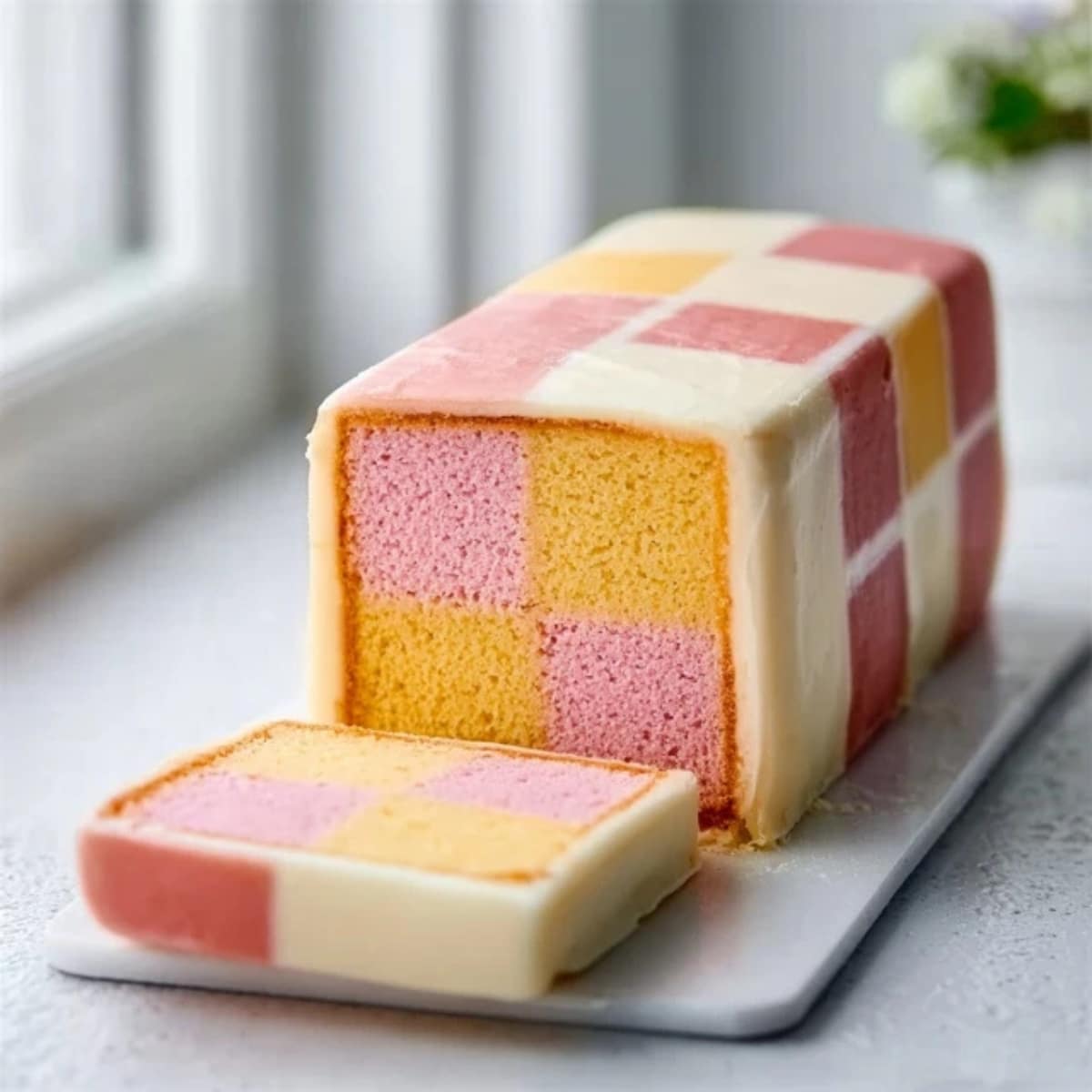
Background & Why This Recipe Stands Out
The Battenburg Cake has been a cornerstone of British baking for over a century, and for good reason. This distinctive dessert was reportedly created to celebrate the marriage of Queen Victoria's granddaughter to Prince Louis of Battenberg in 1884, making it a cake with genuine royal connections. The pink and yellow squares weren't just chosen for their visual appeal; they represented the four princes of Battenberg, creating a dessert that's as meaningful as it is delicious.
What makes this Battenburg Cake recipe particularly special is how it balances tradition with practicality. While the original versions required separate baking tins and precise measurements, this modern approach uses a simple divider method that guarantees even layers every time. The almond-flavored sponge stays incredibly moist thanks to ground almonds in the batter, while the marzipan coating seals in freshness for days. Unlike fussy layer cakes that require perfect frosting skills, the Battenburg Cake forgives small imperfections because the marzipan wrapping hides any minor flaws, making it ideal for bakers at any skill level.
Jump to:
Ingredients
For the Sponge Cake:
- Softened butter
- Caster sugar
- Eggs
- Self-raising flour
- Ground almonds
- Almond extract
- Milk
- Pink food coloring (gel works best)
- Pinch of salt
For Assembly:
- Apricot jam (warmed and sieved)
- Marzipan
- Icing sugar for dusting
Optional Substitutions:
- Swap ground almonds with extra flour if you have nut allergies
- Use raspberry jam instead of apricot for a tangier flavor
- Replace almond extract with vanilla for a milder taste
- Try natural beetroot powder for pink coloring
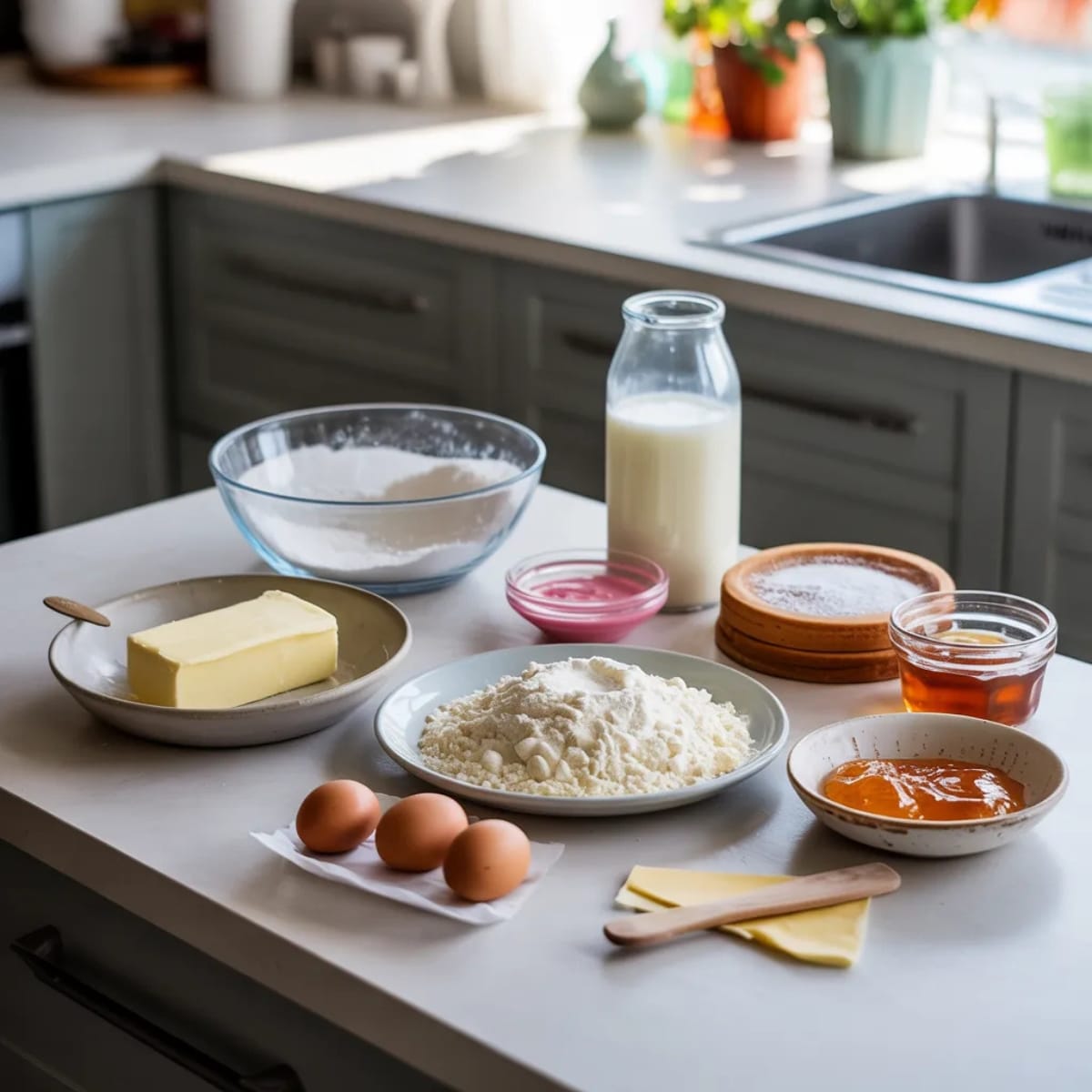
See recipe card for quantities.
Instructions
Step 1: Prepare Your Baking Setup
- Preheat your oven to 180°C (160°C fan/350°F/Gas Mark 4) and position the rack in the middle.
- Grease and line a 20cm square cake tin with baking parchment, making sure it comes up the sides.
- Create a divider down the center using a strip of folded parchment or a thin piece of cardboard wrapped in foil; this keeps the two colors separate while baking.
- Make sure your butter is at room temperature; it should leave an indent when pressed but not be melted.
Step 2: Mix the Batter
- Beat the butter and sugar together in a large bowl until pale and fluffy; this should take about 3-4 minutes with an electric mixer.
- Add the eggs one at a time, beating well after each addition (add a tablespoon of flour if the mixture looks like it might curdle).
- Sift in the flour, ground almonds, and salt, then fold gently with a metal spoon until just combined.
- Stir in the almond extract and milk until you have a smooth, dropping consistency; the batter should fall off the spoon easily but not be runny.
- Divide the mixture equally into two bowls (weigh them to be precise).
- Add a tiny amount of pink food coloring to one bowl and fold through until evenly colored; start with less than you think you need as the color intensifies during baking.
Step 3: Bake the Battenburg Cake
- Spoon the plain batter into one half of your divided tin and the pink batter into the other half, spreading each evenly to the edges.
- Smooth the tops with the back of a spoon to create level surfaces.
- Bake for 25-30 minutes until golden on top and a skewer inserted into the center comes out clean.
- Leave in the tin for 5 minutes before turning out onto a wire rack to cool completely; don't rush this cooling stage or the jam will melt later.
Step 4: Assemble the Checkerboard Pattern
- Once completely cool, trim the edges of both cakes to make neat rectangles, then cut each sponge in half lengthways to create four long strips (two pink, two yellow).
- Warm the apricot jam in a small pan until it's spreadable and brush it through a sieve to remove any lumps.
- Brush jam along one long side of a yellow strip and press a pink strip against it.
- Brush jam on top of both strips, then place the remaining strips on top in opposite colors to create the checkerboard pattern (yellow on pink, pink on yellow).
- Roll out the marzipan on a surface dusted with icing sugar into a rectangle about 20cm x 30cm and 3-4mm thick.
- Brush the entire outside of your assembled cake with jam, then carefully place it on one end of the marzipan rectangle.
- Roll the cake in the marzipan, trimming any excess and pressing the seam together neatly; position the seam on the bottom.
- Score a criss-cross pattern on top with a knife for the traditional finish and crimp the edges if desired.
Expert Cooking Tips
- Temperature Control Getting your ingredients at the right temperature makes all the difference. Room temperature eggs and butter combine much more easily, creating a lighter texture in your Battenburg Cake. If you've forgotten to take your butter out early, cut it into small cubes and it'll soften in about 15 minutes.
- Color Consistency Use gel food coloring rather than liquid versions for more vibrant, consistent pink shades. Start with just a toothpick amount; you can always add more but can't take it away. Remember that the color will deepen slightly as the cake bakes.
- Even Baking The divider in your tin is crucial for keeping colors separate and ensuring even baking. Make sure it's secured properly and reaches right to the bottom of the tin. Some bakers use a loaf tin instead, baking the colors separately, which works just as well but takes longer.
- Marzipan Mastery Work quickly when rolling marzipan as it can dry out and crack. If it does crack, knead it briefly to soften. Don't overwork it though, or the oils will separate and make it greasy. Dust your work surface lightly but not excessively; too much icing sugar makes the marzipan stiff.
- Jam Application Warming the apricot jam makes it easier to brush on and creates a better seal between layers. The jam acts as glue, so don't skip this step or your checkerboard might fall apart when sliced. Sieving removes chunks that would create bumps under the marzipan.
- Achieving Perfect Squares Measure your strips carefully after trimming; they should all be the same width for that perfect checkerboard look. A ruler and sharp knife are your best friends here. If one strip is thicker than the others, trim it down rather than trying to make the others match.
H2: Recipe Variations & Substitutions
- Chocolate Twist Replace 25g of flour with cocoa powder in one half of the batter instead of using pink coloring for a chocolate and vanilla checkerboard Battenburg Cake. This creates a more sophisticated flavor profile that adults particularly love. You can also cover it with chocolate marzipan for an even richer treat.
- Lemon & Raspberry Version Add lemon zest to the plain batter and use raspberry jam for assembly instead of apricot. The tartness cuts through the sweetness beautifully. Color one half pale purple instead of pink for a springtime variation that looks stunning at Easter celebrations.
- Mini Battenburg Cakes Scale down the recipe and use a smaller tin to create individual portions. Cut smaller strips and wrap each checkerboard in marzipan for cute afternoon tea treats. These are perfect for parties and gifts, plus they're easier to portion control.
- Gluten-Free Option Swap the self-raising flour for a gluten-free blend that includes xanthan gum. Increase the ground almonds to 50g for better structure. The texture will be slightly denser but just as delicious, making this Battenburg Cake accessible to those with dietary restrictions.
- Vegan Alternative Use dairy-free butter, replace eggs with a mix of applesauce and aquafaba, and choose egg-free marzipan. The texture differs slightly from traditional versions but still delivers that iconic checkerboard pattern and almond flavor that makes Battenburg special.
Equipment Recommendations
- 20cm Square Cake Tin ; essential for getting the right proportions and that characteristic Battenburg Cake shape
- Electric Hand Mixer ; makes creaming butter and sugar effortless and incorporates more air for a lighter sponge
- Rolling Pin ; necessary for rolling marzipan to an even thickness without cracks
- Pastry Brush ; perfect for applying jam evenly without tearing the delicate sponge
- Sharp Serrated Knife ; crucial for trimming edges cleanly and cutting neat strips
- Wire Cooling Rack ; allows air to circulate around the cake, preventing soggy bottoms
- Kitchen Scales ; accuracy matters in baking, especially for dividing batter evenly
H2: Storage & Meal Prep Tips
- Room Temperature Storage Keep your Battenburg Cake in an airtight container at room temperature for up to 5 days. The marzipan coating acts as a natural preservative, keeping the sponge moist and fresh. Don't refrigerate unless your kitchen is very warm, as cold temperatures make the marzipan hard and the sponge dry.
- Freezing Instructions This cake freezes beautifully for up to 3 months when wrapped properly. Wrap the finished Battenburg Cake tightly in cling film, then in foil, before freezing. Thaw overnight in the fridge still wrapped, then bring to room temperature before serving. The texture remains almost identical to fresh.
- Make-Ahead Strategy Bake the sponges a day ahead and store them wrapped in cling film at room temperature. Assemble with jam and marzipan the day you plan to serve for the best presentation. The sponges actually slice more neatly after resting overnight, making the assembly process easier.
- Portion Control Cut the Battenburg Cake into 12 neat slices using a sharp knife dipped in hot water and wiped between cuts. This prevents the marzipan from dragging and keeps the checkerboard pattern looking sharp. Wrap individual slices in parchment paper for lunchboxes or grab-and-go snacks.
Grandma's Secret That Changed Everything
The real magic in a truly memorable Battenburg Cake comes from one simple trick my grandmother taught me: add a tablespoon of ground almonds to your apricot jam before brushing it on. This thickens the jam slightly and adds an extra layer of almond flavor that ties everything together beautifully. The jam won't run or make the sponge soggy, and each bite delivers a more intense almond experience that elevates this already classic recipe.
Another game-changing tip is to chill your assembled cake (before wrapping in marzipan) for 30 minutes. This firms up the jam seal and makes the whole structure easier to handle when rolling in marzipan. Your Battenburg Cake will hold its shape better during wrapping, resulting in cleaner lines and a more professional appearance that'll make everyone think you bought it from a fancy bakery.
FAQ
Why is it called a Battenberg cake?
The cake was named after the German town of Battenberg to celebrate the 1884 marriage of Queen Victoria's granddaughter, Princess Victoria, to Prince Louis of Battenberg. The four colored squares reportedly represented the four Battenberg princes, making this Battenburg Cake a edible tribute to the royal family.
Why is Battenberg cake pink and yellow?
The pink and yellow colors in a traditional Battenburg Cake don't have a confirmed historical reason, though some believe they represented the Battenberg family colors. More practically, the contrasting colors create the stunning visual checkerboard effect that makes this cake so distinctive and appealing when sliced.
What was Queen Elizabeth's favorite cake?
While Queen Elizabeth II enjoyed many desserts, her favorite was reportedly chocolate biscuit cake rather than Battenburg Cake. However, the Battenburg has strong royal connections through its origins and remained a popular choice at royal tea parties and celebrations throughout her reign.
What flavor is Battenberg cake?
A traditional Battenburg Cake features almond-flavored sponge with apricot jam and a marzipan coating, creating a sweet, nutty taste profile. The almond extract in the sponge complements the almond paste in the marzipan, while the apricot jam adds fruity sweetness that balances the richness perfectly.
Time to Bake Your Masterpiece
Now that you've got all the secrets to creating a stunning Battenburg Cake, there's nothing stopping you from bringing this British classic into your own kitchen. The combination of soft almond sponge, sweet jam, and rich marzipan creates a dessert that's as delicious as it is beautiful. Whether you're serving it at afternoon tea, bringing it to a celebration, or simply treating yourself to a slice with a cup of coffee, this Battenburg Cake recipe delivers every single time.
Once you've mastered this showstopper, why not explore more delicious cake recipes? Try our Pumpkin Cake Recipe for a seasonal twist that's perfect for autumn gatherings, or dive into our classic Sponge Cake Recipe to learn the foundation techniques that'll improve all your baking. Both recipes use similar methods to this Battenburg Cake, so you'll find them surprisingly easy once you've tackled this checkerboard beauty. Happy baking, and don't forget to share a photo of your gorgeous creation!
With love from my kitchen to yours,
Ashley Johnson
Related
Looking for other recipes like this? Try these:
Pairing
These are my favorite dishes to serve with this Battenburg Cake recipe:

Classic Battenburg Cake Recipe
Equipment
- 1 20cm Square Cake Tin For the perfect Battenburg shape
- 1 Electric Hand Mixer For creaming butter and sugar
- 1 Rolling pin To roll marzipan evenly
- 1 Pastry brush To apply jam smoothly
- 1 Sharp serrated knife For clean cuts and checkerboard pattern
- 1 Wire cooling rack Keeps the sponge from getting soggy
- 1 Kitchen Scales For precise batter division
Ingredients
- 200 g Butter Softened
- 200 g Caster sugar
- 4 large Eggs Room temperature
- 175 g Self-raising flour Sifted
- 25 g Ground almonds Adds flavor and moisture
- 1 teaspoon Almond extract Optional: use vanilla for milder flavor
- 2 teaspoon Milk For smoother batter
- 1 pinch Salt Enhances flavor
- 1 small amount Pink food coloring Gel preferred for vibrancy
- 4-5 tablespoon Apricot jam Warmed and sieved
- 500 g Marzipan Rolled for wrapping
- Icing sugar For dusting surface
Instructions
- Preheat oven and line tin with divider.
- Cream butter and sugar until fluffy.
- Add eggs one by one, then dry ingredients.
- Divide batter; color one half pink.
- Bake both halves until golden.
- Cool completely before trimming.
- Cut into strips and assemble with jam.
- Roll marzipan and wrap cake.
- Score top and seal edges neatly.




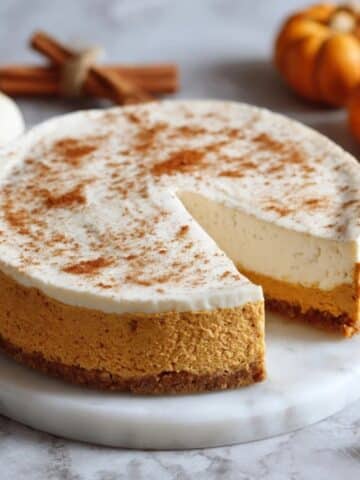
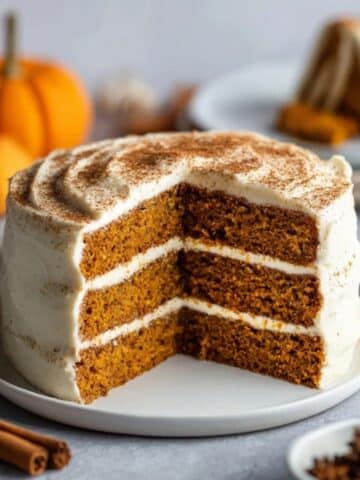

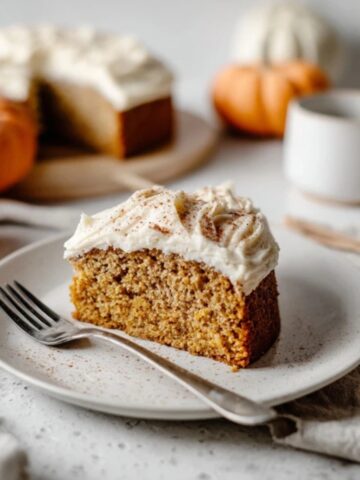


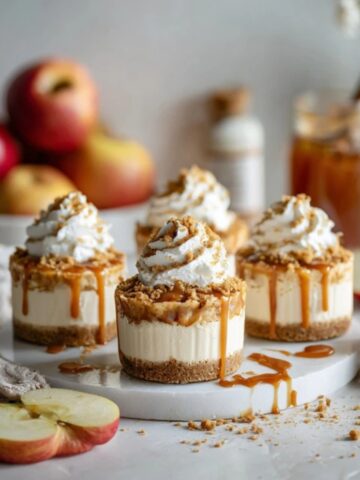
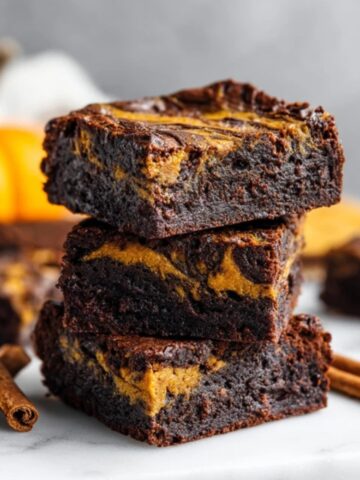
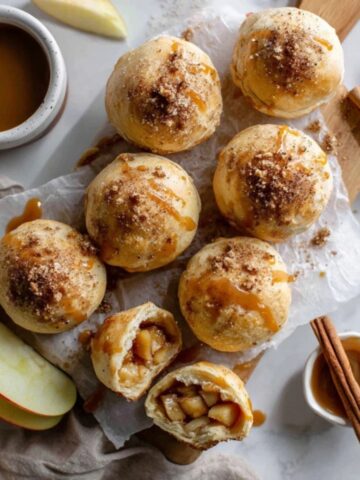
Leave a Reply